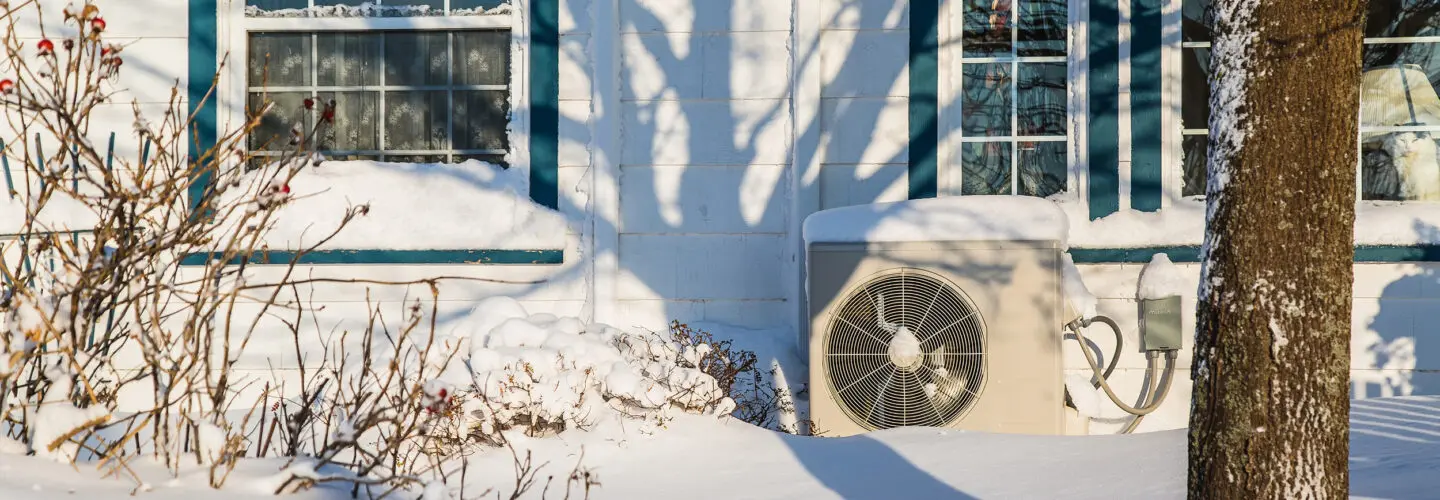In Pennsylvania, heat pumps could be a climate change solution
Buildings are second only to transportation as sources for greenhouse gasses, according to Amy Boyd, vice president of Climate & Clean Energy Policy at the Acadia Center in Boston, which helps Northeastern states meet climate targets.
A University of California, Davis study found installing a heat pump could cut carbon dioxide emissions, the main cause of global warming, around 38 to 53 percent from home heating.
“Eliminating the greenhouse gas emissions that are coming from our heat, particularly in the Northeast, is one of the biggest things that an individual consumer can do to fight climate change,” Boyd said.
Because it’s only moving heat around, not creating it, heat pumps are up to four times more efficient than a standard furnace. In the summer, they can reverse themselves, doubling as air conditioners. They rely on heat exchangers, clever pieces of technology that are behind refrigerators and freezers. On a modern heat pump, they can pluck heat out of even the coldest outdoor air.
“Even if it seems cold to your eye, if it’s any warmer than the vacuum of space, then there is heat out there to be moved,” Boyd said.
Right now, about 10 percent of homes in the U.S. use heat pumps. That number will have to go up if the country is going to meet its climate goals.



















